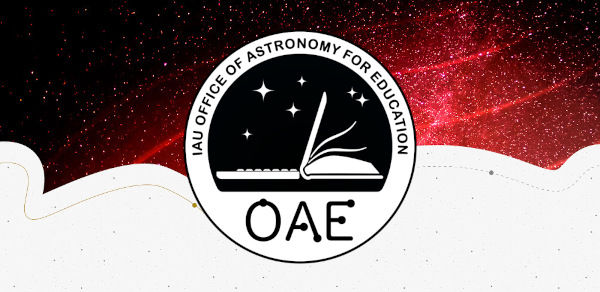Glossary term: 宇宙射線
Description: 宇宙射線是在宇宙中運動的高能帶電粒子(如質子、重元素核和電子)。
宇宙射線可以進入地球大氣層。原生宇宙射線可能來自太陽、太陽系、銀河系或遙遠的星系。它們由質子(約占 90%)、氦核(約占 9%)、更重的原子核和電子(約占 1%)以及極少量的反物質組成。來自宇宙的電磁輻射不是宇宙射線。
如果高能宇宙射線進入地球大氣層,它會與大氣粒子相互作用,產生大量的二級帶電粒子,稱為二級宇宙射線。能量最高的宇宙射線是核粒子,其動能相當於一個時速約 150 公裡的網球。不過,這種能量最高的粒子很少見,大多數能量較低。
Related Terms:
See this term in other languages
Term and definition status: The original definition of this term in English have been approved by a research astronomer and a teacher The translation of this term and its definition is still awaiting approval
This is an automated transliteration of the simplified Chinese translation of this term
The OAE Multilingual Glossary is a project of the IAU Office of Astronomy for Education (OAE) in collaboration with the IAU Office of Astronomy Outreach (OAO). The terms and definitions were chosen, written and reviewed by a collective effort from the OAE, the OAE Centers and Nodes, the OAE National Astronomy Education Coordinators (NAECs) and other volunteers. You can find a full list of credits here. All glossary terms and their definitions are released under a Creative Commons CC BY-4.0 license and should be credited to "IAU OAE".








